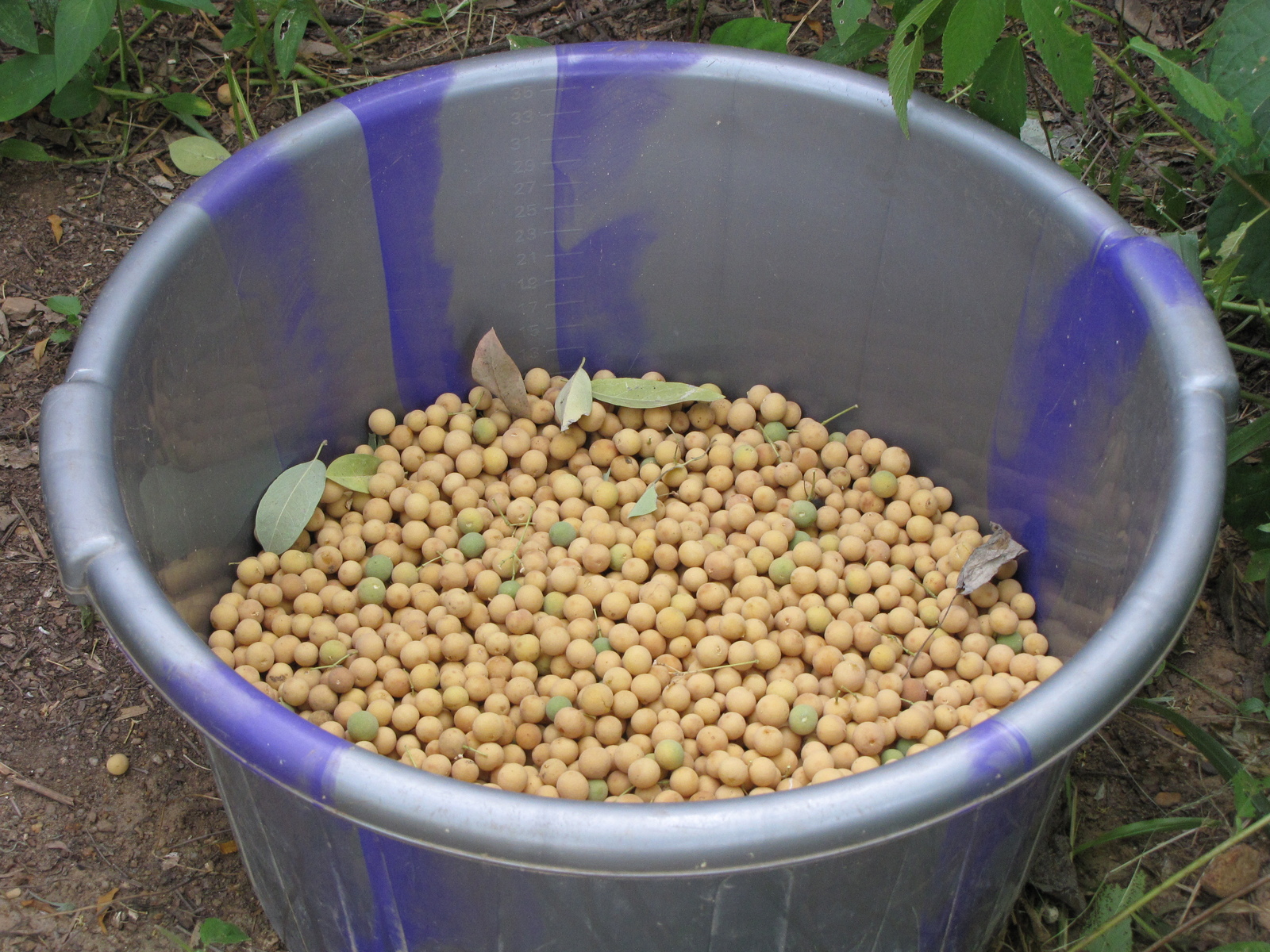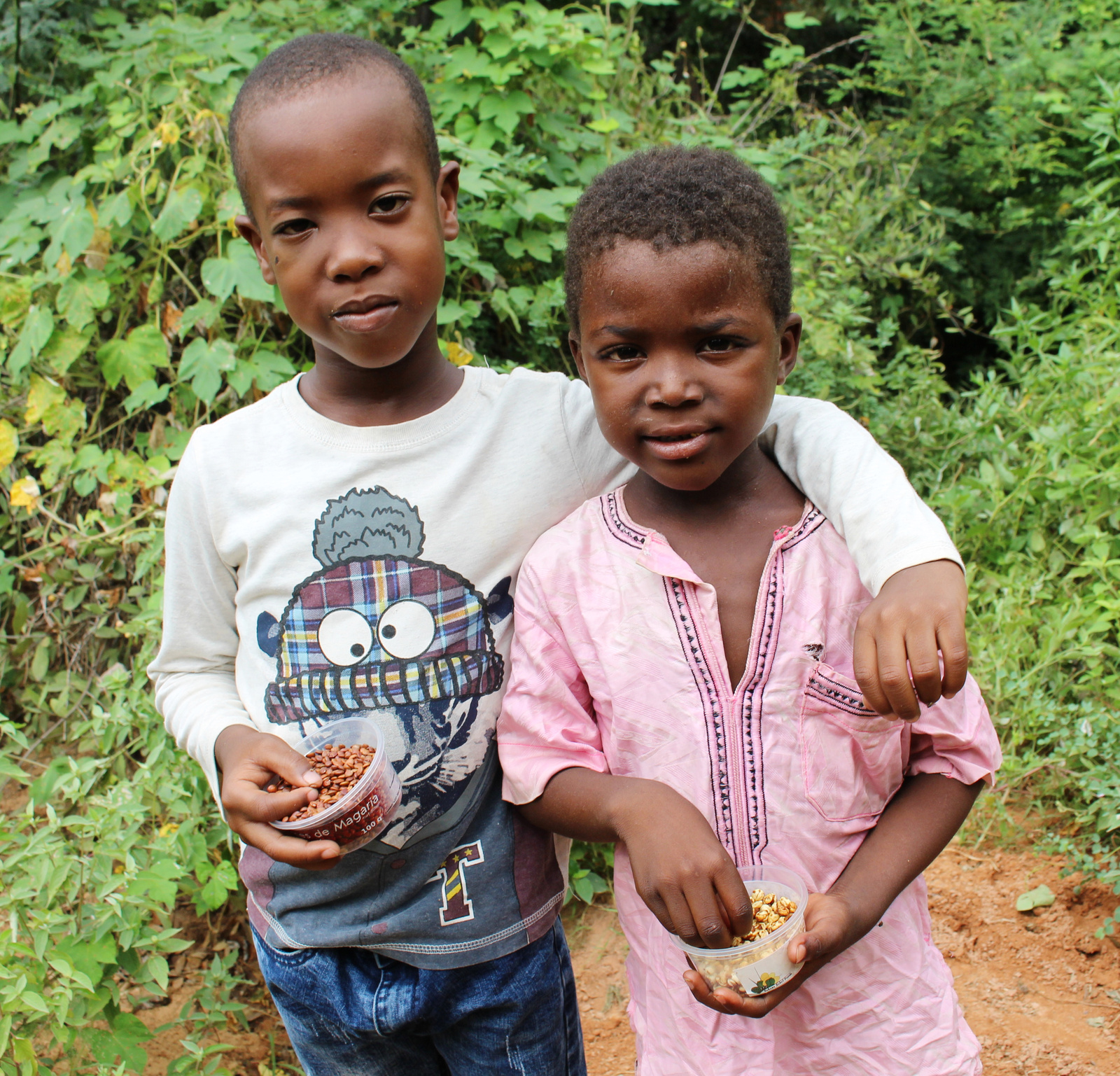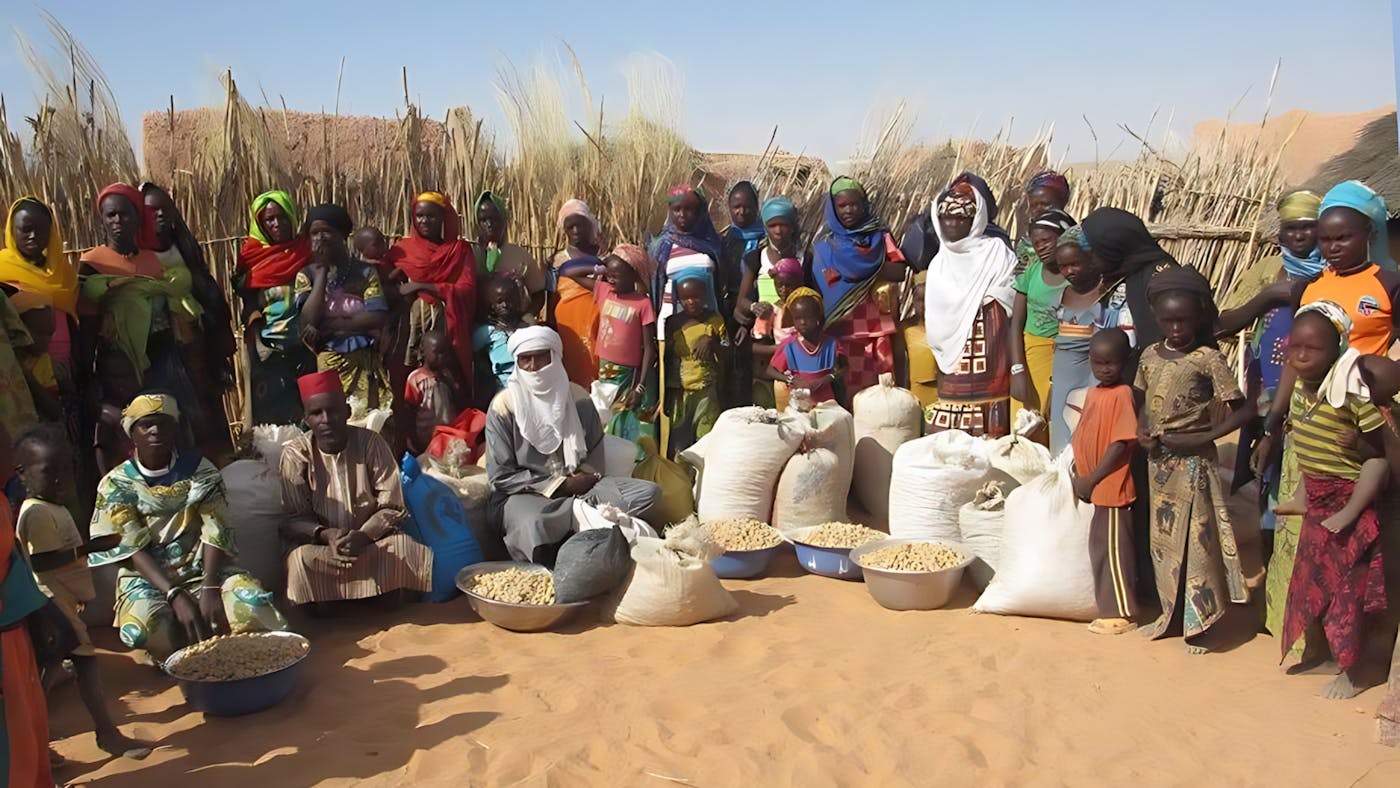Providing Food and Livelihoods while Regreening the Sahel through Native Plants
- Regenerative Agriculture
- Regenerative Croplands
- Agroforestry
- Farm Afforestation
- Seed Diversity
- Smallholder Farming
- Bioregional Sourcing
- Women
- Sustainable Livelihoods
- Education & Awareness
- Community Action
- Public Health
- Sub-Saharan Afrotropics
- Afrotropics Realm
| Bioregion | Sahel Acacia Savannas (AT23) |
| Category | Regenerative Agriculture Our project categories represent one of three core solutions pathways to solving climate change. Energy Transition focuses on renewable energy access and energy efficiency. Nature Conservation includes wildlife habitat protection and ecosystem restoration, as well as Indigenous land rights. Regenerative Agriculture supports farmers, ranchers, and community agriculture. |
| Realm | Afrotropics The Project Marketplace is organized by the major terrestrial realms divided into 14 biogeographical regions – N. America, Subarctic America, C. America, S. America, Afrotropics, Indomalaya, Australasia, Oceania, Antarctica, and the Palearctic realm, which coincides with Eurasia and is divided into Subarctic, Western, Central, Eastern, and Southern regions. |
| Status | active Seed indicates an early stage project that needs some level of support to develop into a larger funding proposal. Active indicates any project that needs core programmatic funding. Urgent indicates a short-term project initiated in response to a natural disaster or other impending risk. |
| Partner | Sahara Sahel Foods |
The One Earth’s Project Marketplace funds on-the-ground climate solutions that are key to solving the climate crisis through three pillars of collective action — renewable energy, nature conservation, and regenerative agriculture. This project promotes the cultivation of native plants to restore ecosystems, provide food, and improve local livelihoods, especially for rural women.
Sahara Sahel Foods (SSF) is a social enterprise founded in 2014 in Zinder, Niger Republic, with a primary aim of accelerating the regreening of the Sahel and the Sahara by promoting the growth of hardy native trees and shrubs.
It does so by showing how these perennial plants, which typically look like shriveled, thorny, and not very useful scrub, actually provide tasty and wholesome foods in the form of leaves, seeds, and fruits.

The harvest from a hanza tree (Boscia senegalensis) produces 47 kilos of fruits. Image Credit: Sahara Sahel Foods.
Turning “famine foods” into nutritious staples
Neglected because of their stigmatization as famine foods, these plants were widely consumed centuries and even millennia ago before giving way to annual crops, exotic plants, imported foods, and the degraded environment that came with them.
SSF brings back native plants and adapts their use to suit 21st-century consumption patterns. It organizes rural communities in their management and harvest, sourcing produce from these communities and processing it into quality foods they can sell.
The organization works with 22 diverse species derived from 60 different consumer products, including flour and couscous, food oil, vegetable leaves, fruit powders, nuts, drinks, pastry, spices, jams, and syrups. These are sold mainly in urban areas of Niger, and some are bartered with local communities or exported.
We have sown trees of aduwa, dania, and hanza, and they have done well…. Seeing this many fruits on the trees brings us joy. They have grown from seeds that Sahara Sahel Foods gave us. Seeing them makes us proud of our work. Nowadays, nobody cuts down trees anymore. We have become warriors defending our trees. We stop anyone from cutting them. — Rama Abdou from Baboul.

Magaria cookies and magaria seeds. Two ways to enjoy the same fruit. Image Credit: Sahara Sahel Foods.
Empowering communities and enhancing ecosystems
At the same time, SSF trains rural women to show how these species and their products can be used in their communities to improve local food security. Increasing the quantity of food produced while making diets more nutritious and varied.
It also incentivizes smallholders to protect and propagate more trees in their fields and surrounding areas, thus binding carbon, preventing soil erosion, improving the water cycle, and protecting biodiversity. SSF is an active participant in The Great Green Wall, an initiative to increase the amount of arable land in Africa’s Sahel region bordering the Sahara Desert.

At the heart of SSF's mission is empowering local women in agroforestry, providing livelihoods and food for their families. Image credit: Sahara Sahel Foods.
Strengthening women's roles and reinvesting in communities
At the heart of Sahara Sahel Foods’ purpose lies the improvement of livelihoods for rural smallholders, and of women in particular, as they are the primary partners in this social enterprise. Of the network of about 2000 people from 80 villages in central Niger providing SSF with produce, four-fifths are women, many of whom had never before had as much as $10 for personal use.
SSF also works with about 300 women subcontractors who mainly crack nuts for food production. Within the company, SSF strives for gender balance, and women are well-represented in management.
While the organization’s structure as an LLC allows SSF to operate on the economic market, selling the foods produced, all the profits must be reinvested in the company. These profits can be used to benefit community partners, scientific research, or charitable work.
